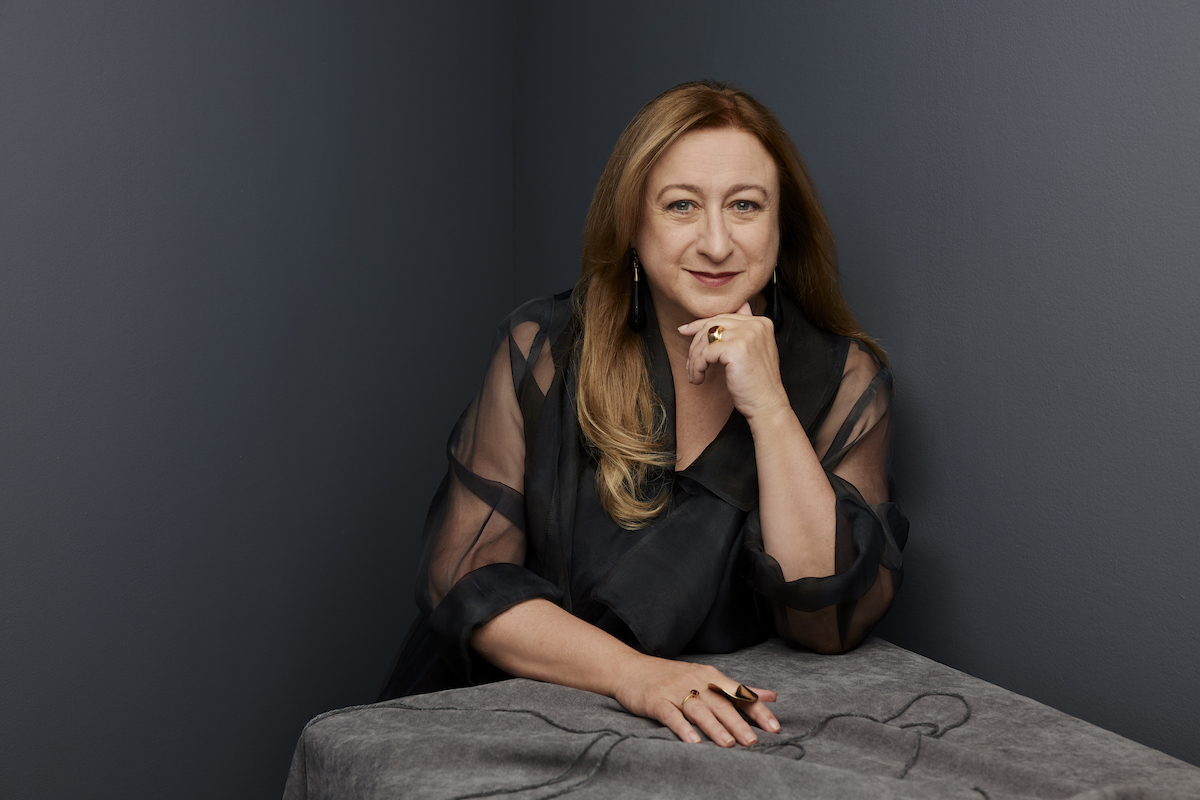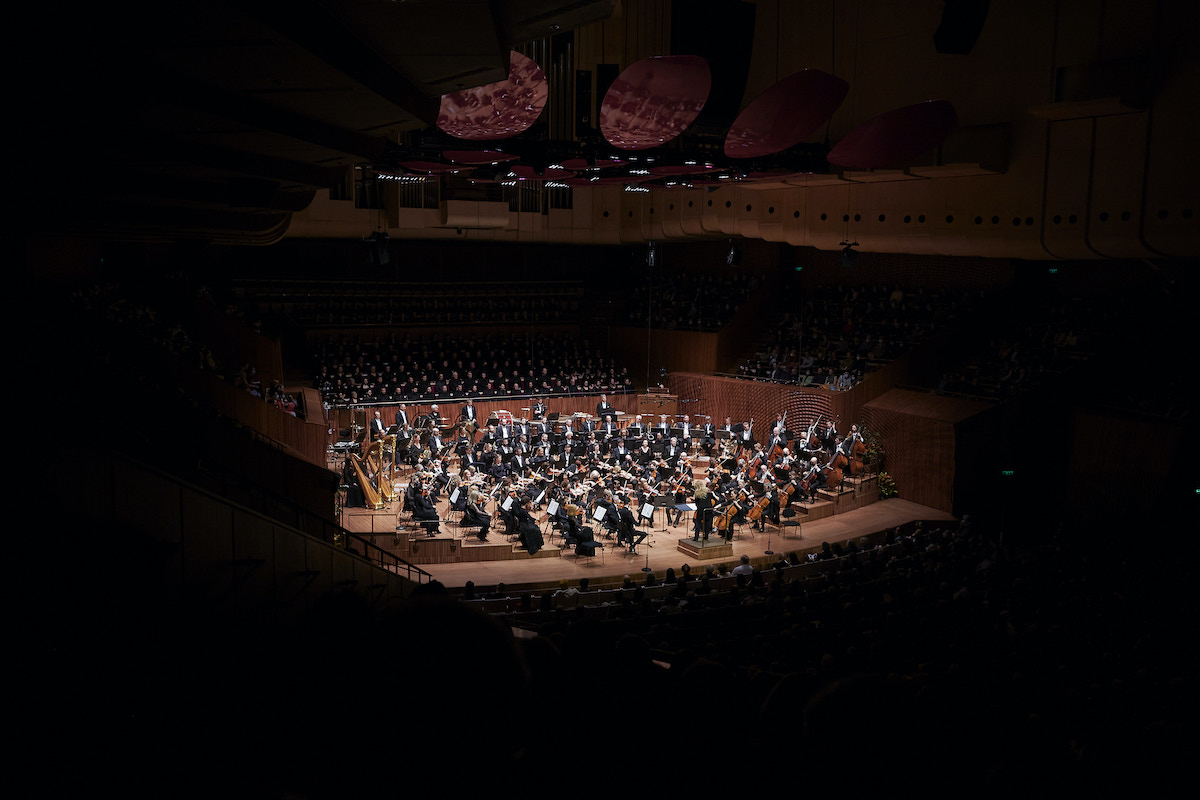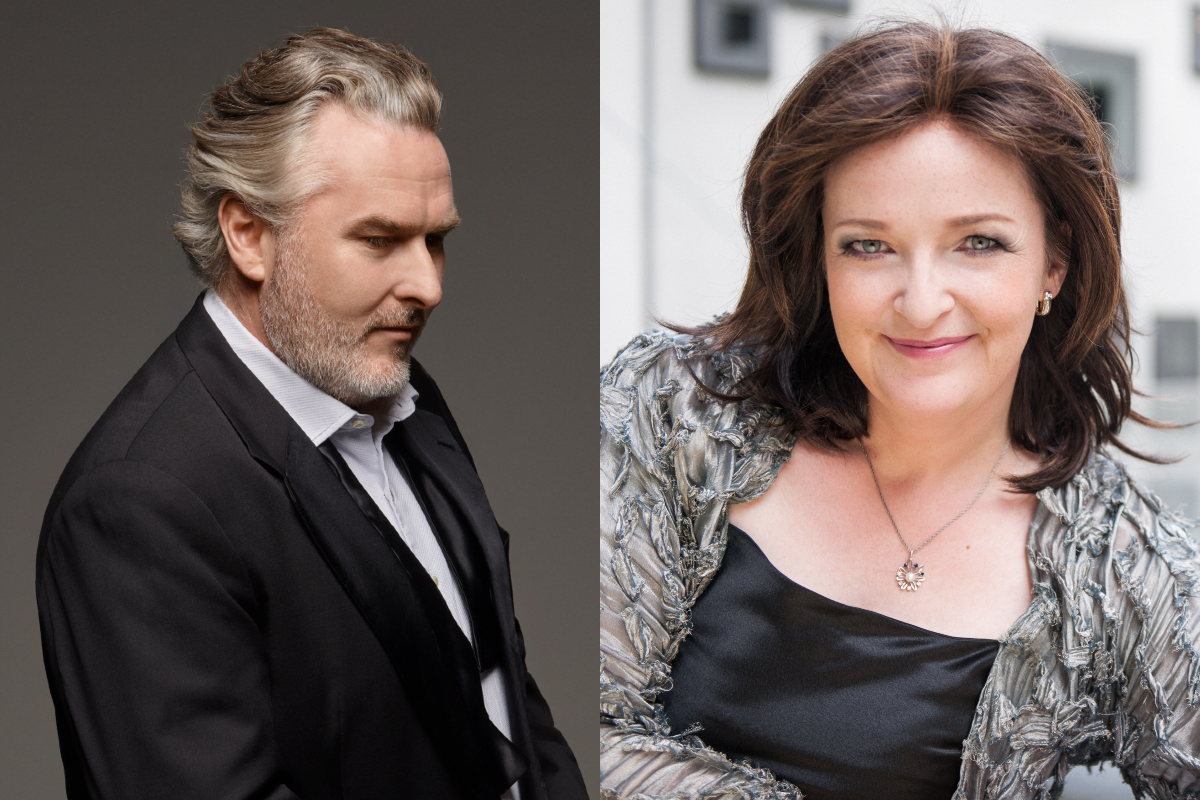2024 features a number of significant musical milestones, including the 200th anniversary of Anton Bruckner’s birth, the 150th anniversary of Arnold Schoenberg’s birth, and five years since Simone Young was announced as Chief Conductor Designate of the Sydney Symphony Orchestra.
In her typical style that third item is the one Young wants to talk about least, but she doesn’t have to: consistent rave reviews (not least from this masthead), her nomination for Limelight’s Artists of the Year in 2023 and 2022 (winning the latter) and a string of sold-out performances are testament to what she has achieved with her hometown orchestra – and she’s just getting started.
“These past two years have been very special for me,” Young says with a smile. “I feel like I’ve only just started and already we’re talking about my third season with the Orchestra as its Chief. But of course we’re all loving the new hall and the new ambience that we’re playing in, and the incredibly positive feedback we’re getting from audiences.”

Sydney Symphony Orchestra Chief Conductor Simone Young. Photo © Peter Brew-Bevan
Young’s third season as Chief promises to be be spectacular, and it kicks off in a big way. The Season Opening Gala features the Australian premiere of a violin concerto by French composer Camille Pépin with her compatriot Renaud Capuçon as soloist, and Young leading the Orchestra in Mahler’s iconic Fifth Symphony – continuing the tradition of starting her Sydney seasons with a Mahler symphony.
“I like opening a season with bang,” says Young with a laugh. “And Mahler is probably the biggest bang that you can get.”
“The Fifth is a symphony that’s very ambivalent,” she continues. “Luchino Visconti famously used the Adagio in his film Death in Venice, and ever since it’s been often a movement that’s played in memoriam. And yet, Mahler wrote that as a love song to Alma after the birth of one of their children.”
“Possibly the word ‘ambivalent’ is the best one can choose for Mahler because he loves paradoxes, he loves placing contrasts next to one another. And the ambivalent nature of the Fifth Symphony is something that I find personally very appealing.”
“Yes, it is powerful and it is overwhelming, but those are good things. It’s also very quiet in places. It’s very contemplative. It really covers the whole span. And I think that’s what you want for the artistic experience, is to cover the entire span.”
“And the Adagio is simply exceptional beauty. Beauty crystallised into those nine minutes. I can only liken it to a moment when a sunset is breathtaking, or you reach the top of a climb and the hemisphere of the heavens are above you and there’s a crystalline atmosphere to the light. They are moments that you will always remember because they are moments of just spectacular beauty. Mahler managed in this one movement to create something that is timeless and will be with us forever.”
“And the Orchestra has a long relationship with Mahler, especially with its Chief Conductors,” Young continues. “They did the entire Mahler cycle with Vladimir Ashkenazy in the not-so-distant past, Mahler was a hallmark of Edo de Waart’s tenure, and of course Stuart Challender had his famous Mahler 2.’
‘The Orchestra has a long relationship with Mahler and I think they have a very deep understanding of the musical language. Mahler is also a composer very close to my heart. He was music director both in Vienna and in Hamburg, two opera houses that I’ve had a very close relationship with. He was a great conductor of opera, particularly the operas of Wagner and Richard Strauss. And so I feel there are a lot of links.”

Simone Young and the Sydney Symphony Orchestra at the re-opening of the Sydney Opera House Concert Hall, July 2022. Photo © Jaimi Joy.
Perhaps the highlight of the first part of 2024 is Arnold Schoenberg’s Gurrelieder.
First performed in 1913, the story is based on a Danish legend of King Waldemar, his mistress Tove and their great love. An epic cantata, its closest comparisons are perhaps Mahler’s grand, late-Romantic works Das Lied von der Erde and Das klagende Lied, but this is even bigger, requiring almost 150 musicians and a further 200 singers, an ensemble so large the Sydney Opera House Concert Hall stage will need to be extended to accommodate everyone.
It is a work that Young has long wanted to conduct, and this anniversary year provided the perfect excuse.
“Pulling everybody together for this is a huge logistics exercise,” admits Young. “You really can find very little excuse to do the work except in a jubilee year.”
“But it is a deeply romantic, very intense, very passionate and wholly engaging work. And we are so fortunate to have an extraordinary tenor for the central character of Waldemar in Simon O’Neill, and Ricarda Merbeth, a soprano I’ve worked with many, many times in Berlin, in Vienna, in Hamburg and in Munich, singing Tove. They’re going to communicate this beautiful poetry to our audiences, and we will get a sense from these magnificent singers of the deep love that exists in this music.’
“It’s incredibly exciting because this is a Sydney premiere. This work has never been heard in Sydney. I’m incredibly excited to be the person who introduces Sydney audiences to this, and I’m sure people will come from around the globe to hear it because it’s done so seldom, simply because of its enormity.”
“This fantastic combination is going to be the exciting event of the first part of next year that you won’t want to miss. It’s certainly not going to happen again in a decade – it may not happen again in anybody’s lifetime,” she concludes with a laugh.

Simon O’Neill (photo © Albert Comper) and Ricarda Merbeth (photo © Mirko Joerg Kellner) star in the SSO’s performances of Schoenberg’s Gurrelieder.
Tucked between these two colossal undertakings is a little jewel, one that beautifully demonstrates the variety and richness that a symphony orchestra can provide but on a smaller scale. It features Beethoven’s Second Symphony, written right at the cusp of his stardom and loudly announcing a new musical force, as well as Robert Schumann’s Second Symphony, which wears its influences – the grand German symphonic tradition created by Haydn, Mozart and Beethoven – on its sleeve.
This concert also includes the Three Gymnopédies by Peggy Glanville-Hicks, the trailblazing Australian composer and critic. Dramatic, rich and expressive, the piece sits somewhere between lush mid-century cinema scores and an otherworldly, ancient sound –inspired by the composer’s love for Greece and its many centuries of culture.
Those three might seem like strange works to program alongside each other, but Young has seen first-hand that Sydney audiences are open to new ideas.
“The People’s Choice concert at the end of 2022 was a deliberate experiment on my part just to see how open to experiment Sydney audiences might be,” she reveals. “And it was fascinating to hear the response of audiences to works that they didn’t know – including Peggy Glanville-Hicks. It showed me that the audience is hungry for the classics, yes, but also hungry for that experience and knowledge of the repertoire to be expanded and broadened.”
“The world of music is so huge, and I think the Sydney audiences have enough faith in the Orchestra and in myself to know that even the stuff that they’re not 100 percent on board with, it’s going to be an interesting ride.”
“And what I’ve always loved about this orchestra is its extraordinary versatility. There are some orchestras where you say, ‘Oh, they sound great playing Russian music’, or ‘they sound fantastic in the late Romantic music’. This orchestra has always had a huge breadth of repertoire and a breadth of brilliance, and I don’t want to narrow that in any way, shape or form.”
That breadth of brilliance will be on full display throughout 2024, but perhaps nowhere it is more clearly expressed than in these first three concerts. What a way to start an anniversary year!
Simone Young conducts the Sydney Symphony Orchestra in Mahler’s Fifth Symphony from 28 February to 2 March, Schumann’s Second Symphony on 8 & 9 March, and Arnold Schoenberg’s Gurrelieder on 15 & 16 March, all at the Sydney Opera House Concert Hall.












Comments
Log in to join the conversation.